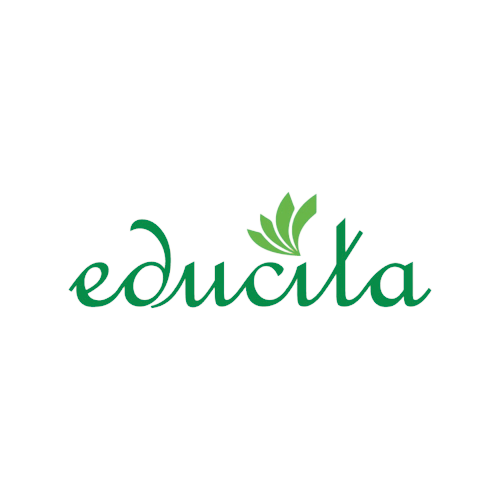Disadvantages of Open Educational Resources

Open Educational Resources, commonly known as OER, have dramatically changed the landscape of education in recent years. Offering free access to a range of textbooks, courses, and other educational materials, OER certainly seem to herald a brighter and more inclusive future for learners globally. But while the benefits of OER are numerous, we must also be wary of potential drawbacks. Let’s delve into some of the challenges associated with these resources.
Quality and Consistency Concerns
Open source indicates freedom, but sometimes, it may come at the cost of reliability.
A primary concern among skeptics is the lack of formal quality control mechanisms in many OER platforms. Traditional educational resources often undergo rigorous vetting, edits, and updates. However, with OER, anyone can contribute, and this democratization, while groundbreaking, can sometimes lead to the spread of outdated or inaccurate content. It’s a bit like hearing a juicy piece of gossip: it’s best to verify from a couple of trusted sources before passing it along.
Learners often crave consistency. It provides a framework, a roadmap to their educational journey. Yet, OER materials can vary wildly in terms of format, depth, and structure. Imagine trying to piece together a puzzle with pieces from different sets. It’s challenging and can cause confusion, especially for those seeking a linear or standardized path of study.
Intellectual Property Issues
The realm of intellectual property is where many inadvertently stumble.
While OER aims to be free and accessible, this doesn’t always mean “free from copyright.” There are myriad licenses, including various Creative Commons ones, each with its nuances. Users must be discerning to ensure they don’t accidentally infringe upon copyright. It’s a bit like fishing in a vast lake – not every catch is up for grabs.
The generous nature of OER means resources are often shared and repurposed. But this generosity can sometimes be exploited. Tracing original content creators becomes challenging, and the line between borrowing and plagiarizing blurs. As the old saying goes, “Give credit where credit is due.”
Technological Barriers
The digital age, while transformative, isn’t devoid of hurdles.
Ironically, while OER seeks to democratize education, it assumes universal internet access. For individuals in remote areas or those with limited technological resources, OER might not be the boon it promises. It’s like offering a feast to someone without providing the cutlery to enjoy it.
Not all OER platforms play nicely with others. Some content is restricted to specific platforms or incompatible formats. It’s akin to trying to fit a square peg in a round hole. Teachers wishing to integrate various resources into their learning management systems may face unexpected challenges.
Over-reliance on Self-direction
Self-learning isn’t everyone’s cup of tea.
Venturing into the vast ocean of OER can be overwhelming. Without formal mentors or a structured curriculum, some learners might feel lost at sea, unsure of which direction to paddle in. The freedom OER offers can sometimes be a double-edged sword.
Self-paced environments offer flexibility but can be a test of one’s motivation. Without the external pressure of deadlines or exams, procrastination can creep in. It’s the classic “I’ll start on Monday” syndrome.
Limited Support and Updates
Support is crucial, yet often overlooked.
Traditional educational systems often offer immediate help or feedback. In the realm of OER, this immediate assistance might be lacking. It’s a bit like shouting into a void and hoping for an echo.
Stagnation is the enemy of progress. Some OER, after their initial release, aren’t revisited for updates. With the rapid pace of information evolution, this means learners might be accessing outdated material.
Conclusion
In essence, while OER is an incredible asset in democratizing education, it’s not without its pitfalls. Just like any tool, its efficacy lies in how it’s wielded. For educators and students alike, critical evaluation and strategic integration are key.



